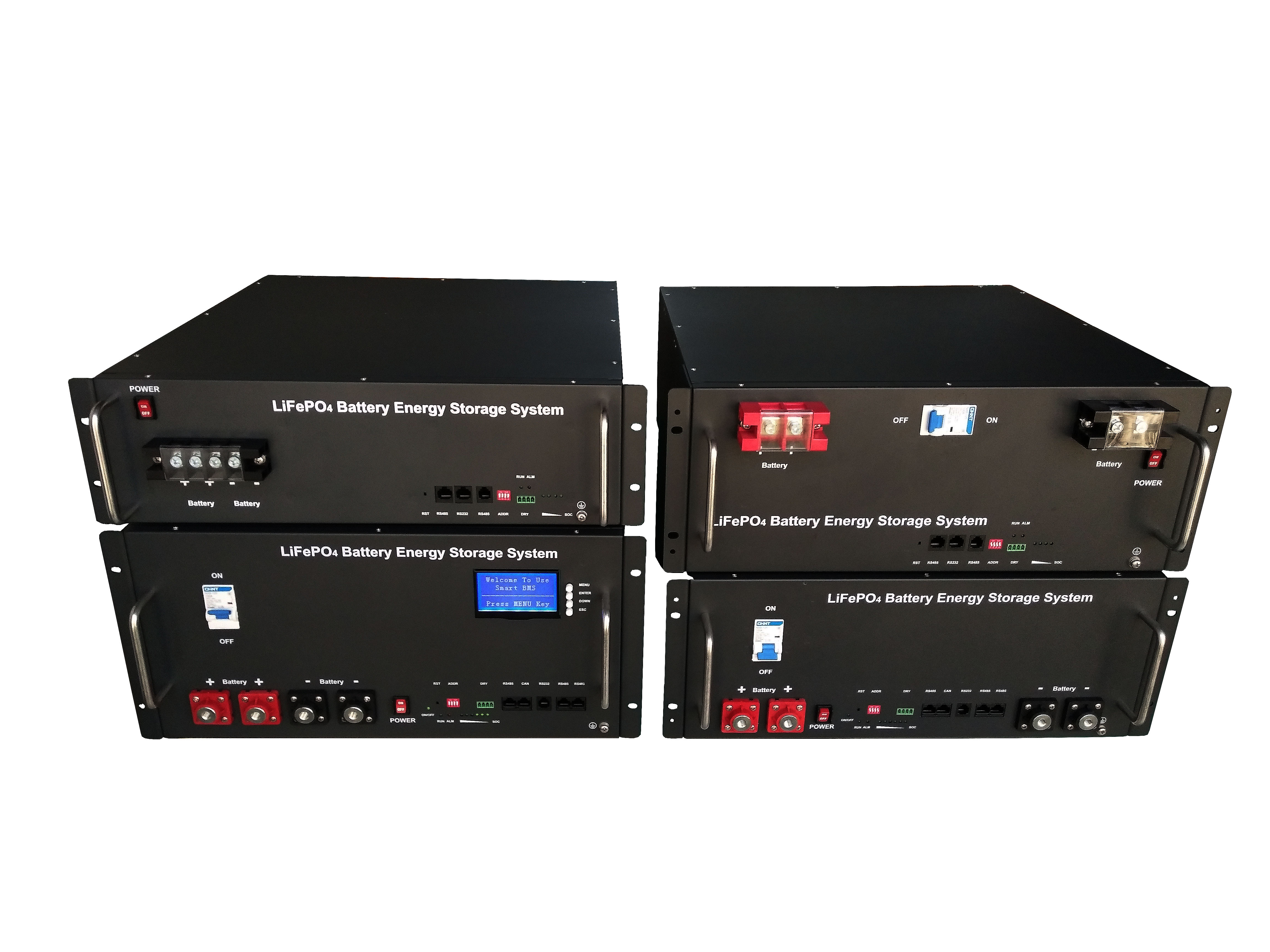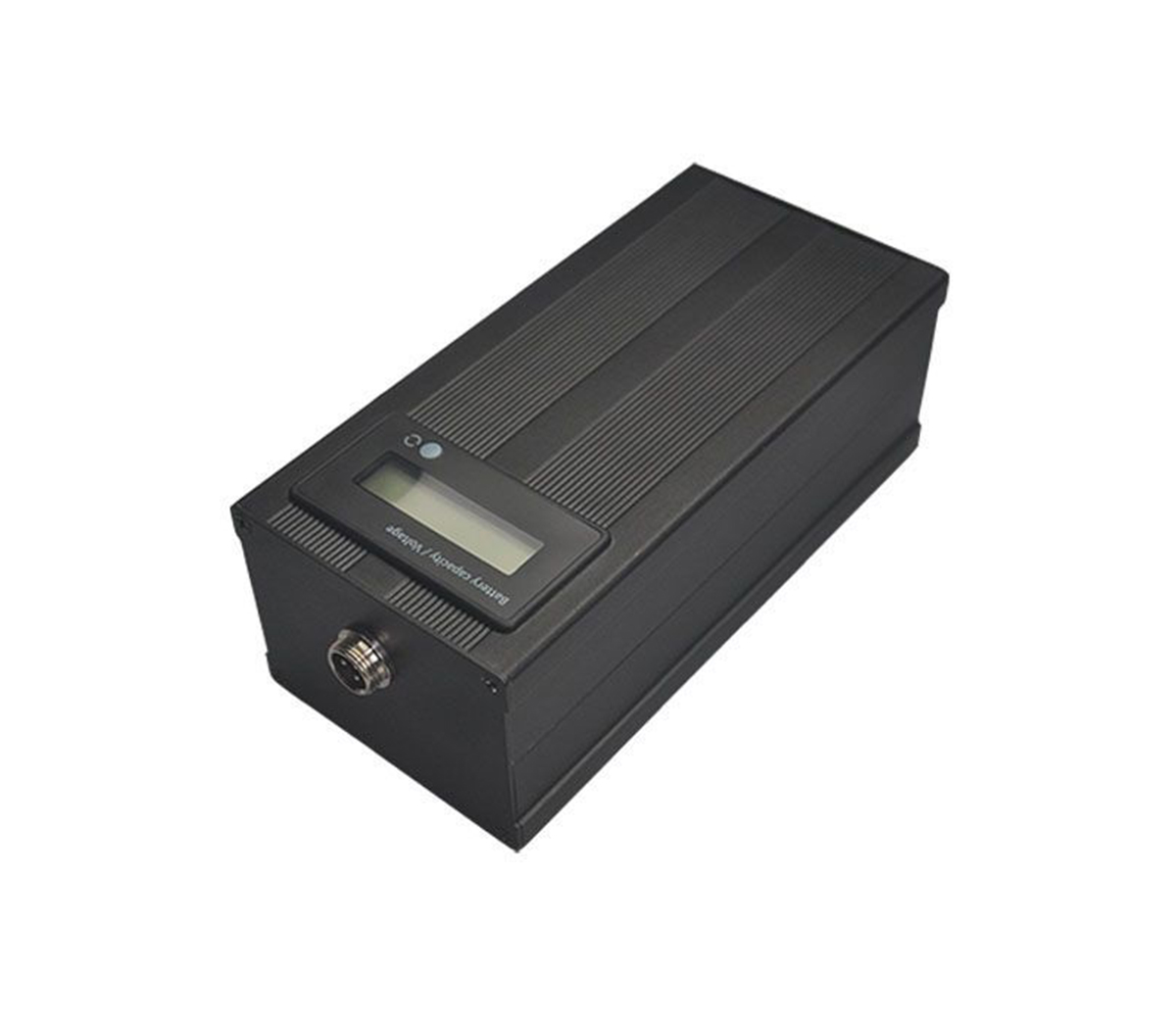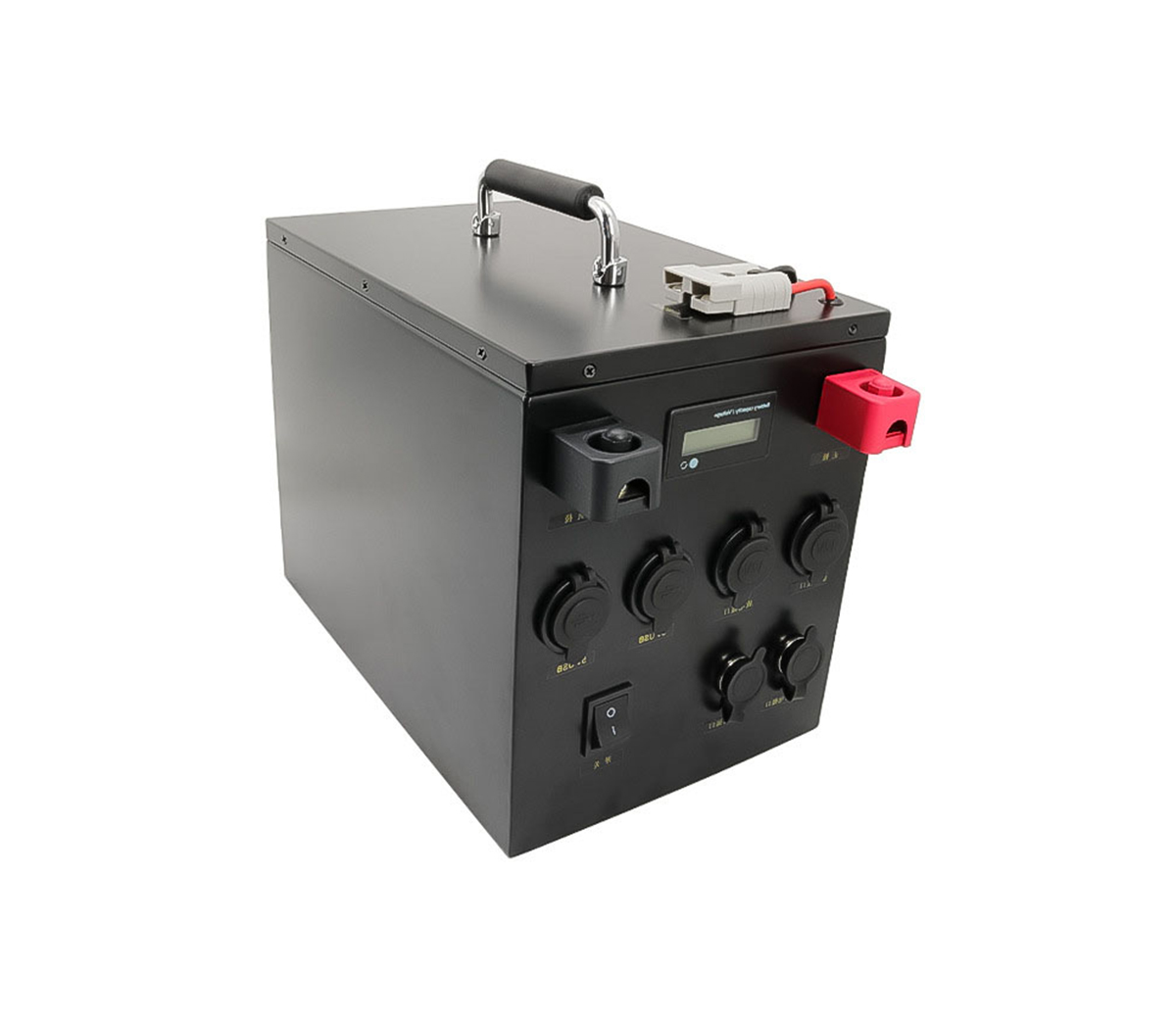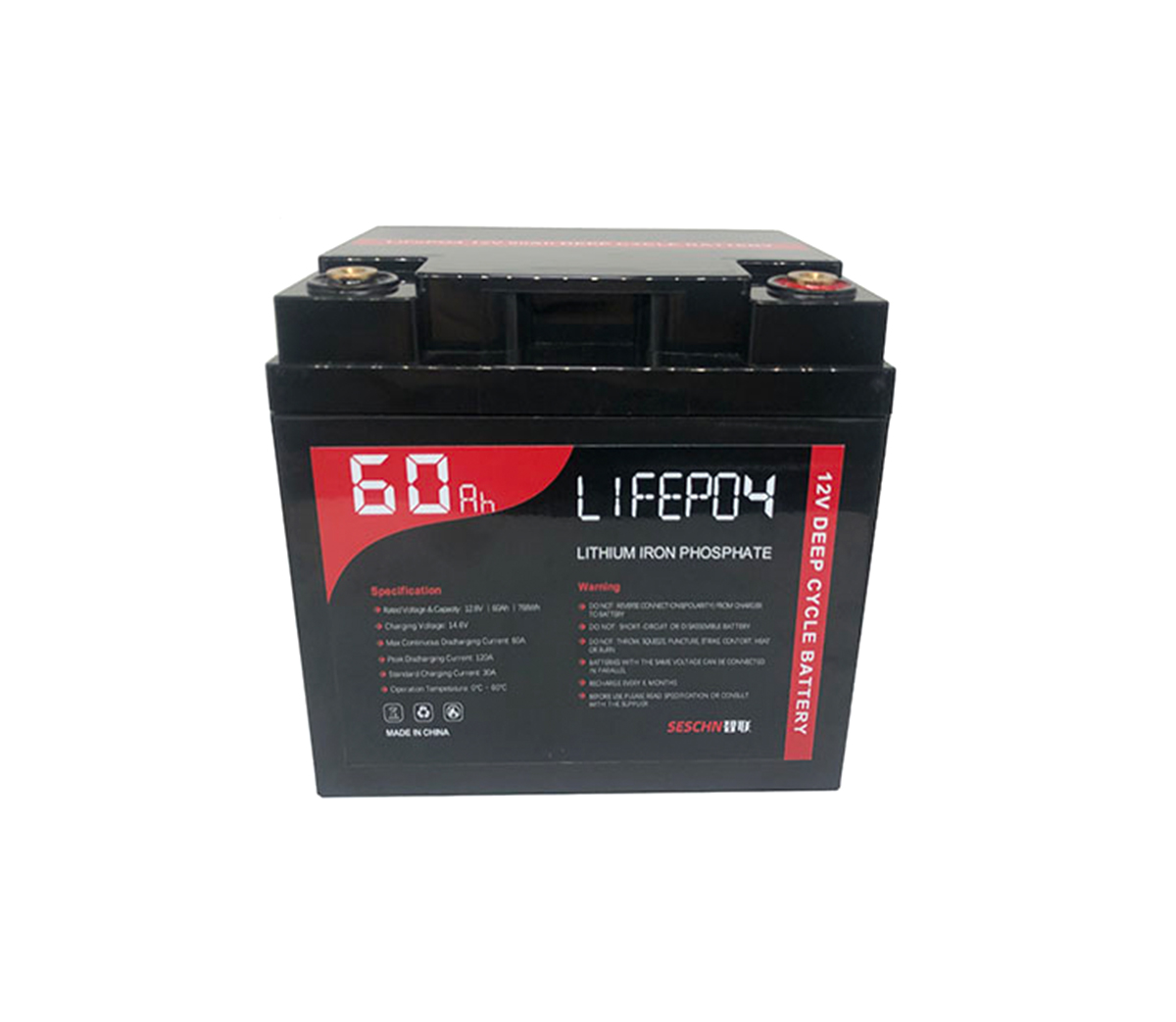Recently, China's Guangzhou Automobile Group set up a lithium battery company with a total investment of US$1.6 billion. The first product will be lithium iron phosphate batteries, which are expected to be built in 2025 with a capacity of 26.8 GWh. If the standard usage of 60 KWh/vehicle is used, such a capacity can support 450,000 new energy vehicles.
This event has renewed attention to the delicate relationship between the automotive giant and upstream lithium suppliers, with the automotive giant's involvement directly capturing the best market share of lithium battery companies.
Does this represent some kind of wind or trend?

In SES Power's view, lithium battery companies, the core of the lithium industry, are experiencing a double squeeze from gross margins and market share, with raw material lithium carbonate prices soaring while downstream customers move in to eat up share, which will become a systemic challenge for lithium battery companies!
A: Integration impulse
At the World Power Battery Conference in July this year, the chairman of Guangzhou Automobile Group said that the money of automotive enterprises are earned by lithium enterprises.
This may be the real reason why GAC is determined to get involved in the lithium battery segment. After all, the gross profit margin of auto plants is too low, so if sitting on the market, brand and channels is not as good as the upstream lithium battery makers who have already tended to mature, then why not go through the most valuable part of the process itself now?
This is a very easy decision for the auto group, which does not fully take into account other factors such as its own supply chain security.
In fact, the two electric car giants, Tesla and BYD, are both deeply involved in the lithium battery segment, with BYD being essentially 100% self-sufficient, making it the standard model for electric car-lithium battery integration.
In addition, Azera Motors has also set up Azera Battery Technology (Anhui) Co Ltd to start its own research and manufacture of lithium batteries. The previous acquisition of Guoxuan High Tech by VW China can also be seen as an integrated layout.
It can be expected that more EV giants will be directly involved in the lithium battery segment, rather than the rudimentary way of setting up joint ventures with lithium battery companies or just making PACKs as in the past.
Not only in the field of power batteries, but also in the field of energy storage batteries, there is a tendency to integrate.
As an end-market-oriented energy storage brand and system integrator, PAI Energy actually produces its own lithium batteries, which makes it belong to the upstream lithium integration compared to other energy storage companies.
In addition, in recent years, the strategic layout of the energy storage business of Desai battery, also began to get involved in the upstream lithium battery, planning capacity of 20GWh, a phase of 4GWh, the main focus of energy storage cells.
In fact, with the breakthrough of large energy storage system integration enterprise orders, those sitting on 10GWh level potential orders of energy storage giant, has enough power and impulse to intervene in the higher degree of standardization of energy storage battery.
In any case, regardless of power batteries or energy storage batteries, downstream electric vehicle enterprises or energy storage enterprises are successively trying to "upward integration", competing for the key point of lithium battery link.
For independent lithium battery companies, this means that they are losing quality customers and the best market share.
B: What is the impact?
What is the impact of this "integration" on the upstream and downstream of lithium batteries?
This topic should be viewed dialectically, different categories of lithium-ion products or different scale of users, the key is to look at the technical barriers.
The higher the technical barriers, the higher the requirements for safety, energy density, cycle times, etc., the stronger the discourse of lithium enterprises, the more difficult it is for downstream automotive enterprises or energy storage enterprises to "integrate upwards".
Ternary square-case batteries have always exhibited this quality, and this is also the optimal ground for the head lithium enterprises all along. This aspect of lithium products, mainly in the high-end electric passenger cars and specific energy storage and other areas, these areas are also independent lithium battery companies long-term technology dividend, with a certain excess profit. Moreover, for areas with high safety requirements, outsourcing batteries can also spread the risk, and professional people do professional things.
On the contrary, the more "standardized" mature products, technical requirements are not obvious, downstream automotive enterprises or energy storage enterprises can easily intervene. This aspect of lithium-ion products, mainly in the low-end electric passenger cars, commercial vehicles, construction machinery, large energy storage, two-wheeled vehicles, power exchange and other areas, these areas are more cost-sensitive, the medium and long-term market is obviously huge.
At present, lithium iron phosphate is relatively mature and safe, so it is easier for downstream enterprises to intervene, Guangzhou Auto's first cell is lithium iron phosphate, energy storage companies involved in the battery is also all lithium iron phosphate.
Of course, not such a mature product as lithium iron phosphate, downstream enterprises are worthy of intervention, which has a "scale effect", only the demand of downstream enterprises break through the scale effect, there is the economics of self-built batteries.
Conversely, if the demand of downstream electric vehicle enterprises or energy storage enterprises is small, the scale effect is not enough, and there is no economic significance of self-built batteries.
As the technology continues to mature, this "balance of capacity" will become higher and higher, and few companies are really able to "integrate upwards".
Not everyone is qualified to "integrate upwards".
According to this logic, a large number of "long-tail" downstream lithium users are not as large as the scale threshold, such as small and medium-sized electric vehicle enterprises, small and medium-sized energy storage enterprises, commercial vehicles, construction machinery, two-wheelers and PACK integration enterprises, etc., can only rely on third-party lithium enterprises.
This also explains why the specialised division of labour was evident in the lead-acid battery era. Although lead-acid batteries are more mature, safe and sensitive only to price and service, the downstream market demand is more fragmented, while the upstream oligopoly competition reduces costs through scale, and there is no need for the downstream to build their own batteries, ultimately forming an industry pattern dominated by division of labour.
This brings many inspirations to the future pattern of the lithium industry.
From these perspectives, the real downstream challenges faced by lithium battery companies are mainly the mature technology of scale demand, for the technical requirements of the higher areas or the lack of scale in the field is still mainly outsourcing.
C: Concerns and breakthroughs
On the downstream customers, especially automotive and energy storage giants "upward integration", is a systemic challenge for lithium battery companies, but also a systemic concern of the capital market for the lithium battery industry.
From the above analysis, the systemic challenge is not a systemic risk.
"Integration" in favor of mature lithium battery technology, is tending to the industry's lowest gross margin, such gross margin space is only valuable to independent lithium battery companies.
Short-term there may be some downstream enterprises because of the profit factor "up integration", I believe that after a period of competition, optimization, the real ability to "up integration" of the downstream customers are not many, on the one hand, the technical barriers, on the other hand, the scale of barriers.
No technology, no scale, no profit improvement space, no supply chain financing facilities, no risk diversification mechanism, it is better to external procurement. Downstream lithium users have to go through some "tossing and turning" to confirm whether they are suitable for the "integration" strategy, which requires a trial and error process.
After all, the lithium industry hasn't gone through any "adjustments" since 2020, but history tells us that this time will come sooner or later. For independent lithium enterprises, always play on the professional advantage: one is the technology iteration to improve the competitive dimension, upgrade the conversion track, get rid of homogeneous competition; the second is the background of homogeneous technology, play third-party professional advantage, from the supply chain to the manufacturing link of the ultimate cost control, and constantly improve the scale of production access threshold.
This is both the way to break the situation and the right path for the industry.
At present, the competitiveness and gross margin differences between different lithium enterprises, but also mainly in the two aspects of technology and cost, which is to run faster in these two aspects.
We have to rationalize the lithium downstream "upward integration", the main challenge is still the scale of demand for mature technology, for the technical requirements of higher categories or scale of insufficient users are still outsourcing-oriented.
At present, the lithium battery enterprise gross margin difference is large, which also fully illustrates the different enterprises in the level of technology and cost control of significant differences. From this perspective, for the cross-border entry of downstream enterprises, whether they can do better, full of challenges and variables.

As a manufacturer with nearly 20 years of experience in the lithium battery industry, SES Power has been focusing on the demand for lithium battery energy storage systems for a long time, and we have introduced corresponding products for different application scenarios to achieve the best price/performance ratio, such as lead-acid replacement products (12V100Ah, 12V200Ah, 24 V100Ah, etc.), high-current (2000A) starter lithium batteries, UPS high-voltage lithium battery systems (up to 860V), 3Kw~20Kw off-grid, grid-connected, islanded lithium battery storage systems, wall-mounted home energy storage systems 48V100Ah, 48V200Ah, stacked energy storage systems (51.2V100Ah for a single unit, up to 15 stacks) etc.
If you have any questions about lithium batteries, you are welcome to contact us.




































